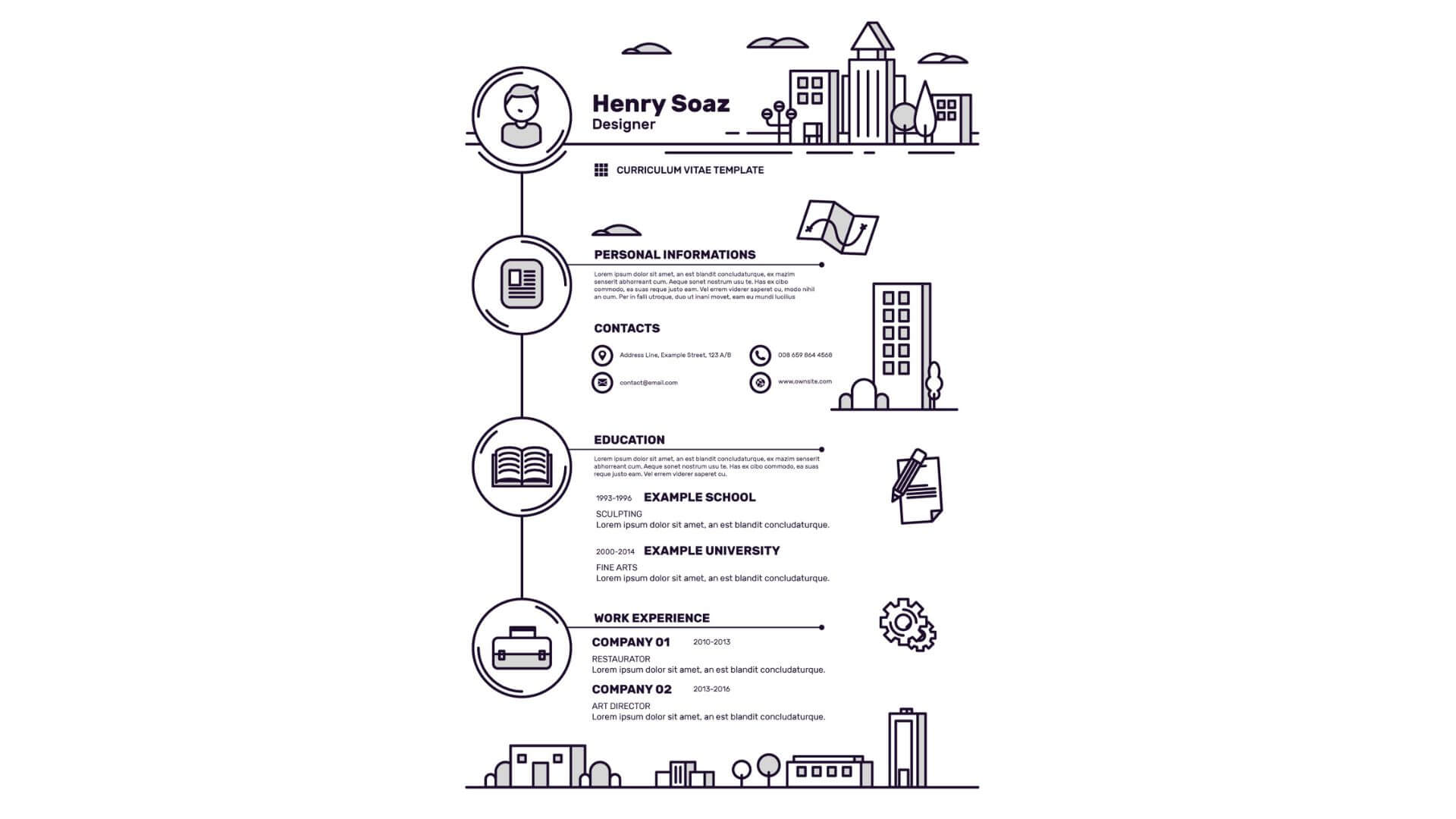”Architecture is like writing. You have to edit it over and over so it looks effortless.”
There is so much that has been debated and discussed for the rejuvenation of the architecture syllabus in the Indian context. But strangely, making architecture writing a well-defined course in the graduation curriculum has never been dwelt upon with any serious compulsion. The present status of students being given the option of selecting architecture journalism/writing as a short-term elective course is just providing them an opportunity for a frivolous casual flirtation with the subject. Nowhere is there any seriousness to expose the students to the nuances of this very specialised and advanced field in architecture discourse. They are just not exposed to critical writing in architecture being a serious and viable career option. At one level, there is often a hue and cry in the academic field as to the stagnation in the architecture curriculum. Recommended reference books are penned down by foreign scholars and written decades ago, often having lost their relevance. There are very few Indian authors who have written academic content for further research and as reference guides. Where are we then providing that impetus to Indian architecture students to chisel their skills in writing?
The authorities in charge at different levels need to wake-up to this dire need in the profession to train architecture students to the skilful art of creative writing coupled with an analytical and research-based approach. In my so-many-years of the career in architectural journalism and writing, there have been umpteen students who have contacted me for suggestions to upgrade their writing abilities. They have often been remorseful in not having the opportunities in their respective institutions to inculcate the basics to improve their design-oriented writing skills. Training architecture students in these skills would open-up additional job opportunities for the young ones. Having more authentic writings on design and architecture would also be educating for our society. At present, there is more of décor that finds its place in newspapers and magazines. Very little is architecture/design dileberation. A lack of opportunities to study critical writing at the undergraduate level, has resulted in the commercial trend now on social media, to conduct master classes in architectural writing for the young ones who aspire to contribute to society through their writings.
I strongly urge all academicians and decision-makers for the architecture curriculum to heed to this urgency for encapsulating architectural criticism as a well-defined course in the learning process towards graduation. This would no doubt go a long way in bringing to the forefront a relevant and focussed design/architecture content for the betterment of our habitat. It would also strengthen documentation skills of the future architects. And above all, there would be more architectural literature available written by Indian experts who have mastered the art of communicating purposeful thoughts/theories/documentation relevant to the twenty-first century. This era no doubt requires a more proactive and genuine will to bring in an energetic and purposeful change in our very focus to education in architecture. I remember in the earlier years, art and photography were another two serious pursuits in the curriculum. They have now taken a back seat.
Innovation is the desperate need of the hour to turn the tide of dwindling intake for this profession. Architecture is meant to be a creative experience. Let’s also do some creative chiselling in the training process.
(Architect/author Suneet Paul based in Delhi and the former editor-in-chief of Architecture + Design, has to his credit a wide spectrum of writings/books.)





